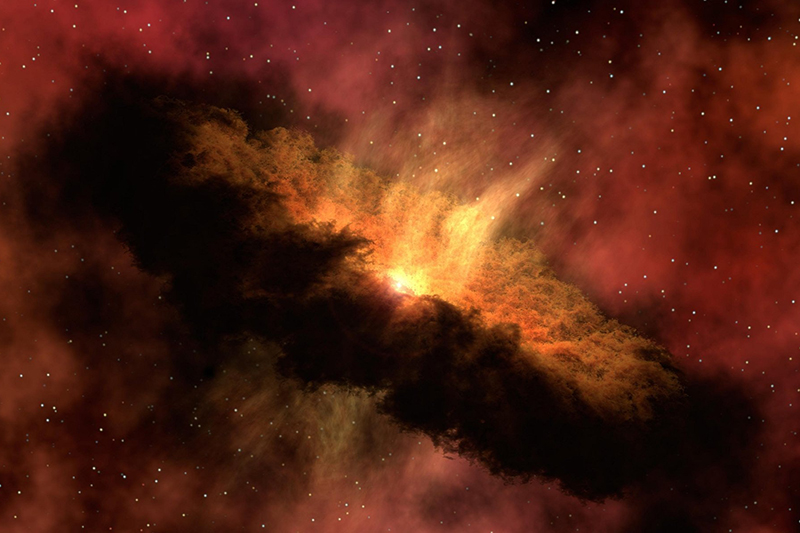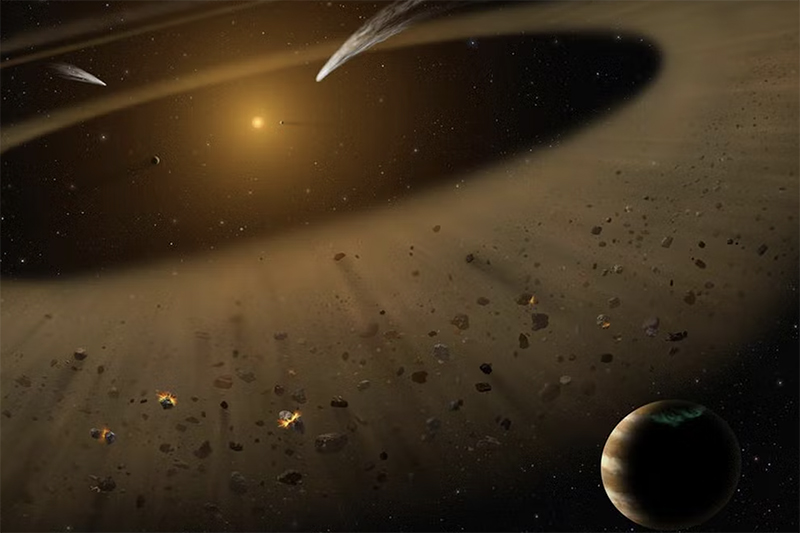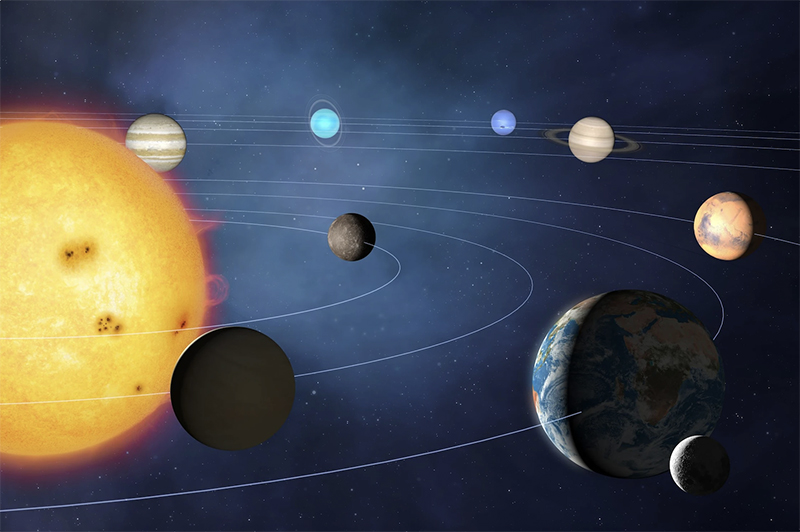The concept of "planet" did not have a formal definition for a long time. It was only in August 2006, in a resolution adopted by the U.S.International Astronomical nion, it was decided to agree that a planet is a celestial body that meets 3 requirements:
1) It orbits around a star or remnant of it.
2) It has enough mass for its gravity to overcome rigid body forces and reach hydrostatic (nearly spherical) equilibrium.
3) It has "cleaned" the vicinity of its orbit of planetesimal objects (dominance).
Training and evolution

Initially, there was a gaseous cloud or "nebula" composed of hydrogen, helium and dust floating in space. Due to gravitational and centrifugal action, this nebula contracted, condensed and slowly formed a hot core around which the outer part of this nebula rotated, in an accretion disk.
Over time, as the core contracted more, the temperature increased and around it remained traces of dust and material that gathered together, thus forming the planets.

After a while, the core of this gaseous cloud has begun the first thermonuclear reactions, through the fusion of hydrogen into helium, beginning to emerge a new bright star, our Sun, while around it the planets of this system finished forming and consolidating. ; Meanwhile, many other solid bodies that did not manage to form planets consolidated as asteroids, comets, dwarf planets or smaller bodies.
Thus, once the Sun and the planets began to establish themselves, our Solar System had finally formed.
Solar system in balance

Our Sun is currently in balance. Nuclear fusion reactions, where 4 hydrogen atoms combine to form 1 helium atom, are constant and undisturbed.
Every second, 700 million tons of hydrogen are transformed into helium, and the radiated energy is stable, without affecting the planets around it; The planets are already consolidated and the frequent impacts of asteroids ceased a long time ago, whose craters are now only a memory, although the possibility of a considerable impact occurring again on a planet (including Earth) exists.
The Solar System moves slowly around our galaxy, the Milky Way, over a period of 225 million years. Currently the Sun is in its maturity stage; It has already lived for 5,000 million years and still has another 5,000 million years left.


